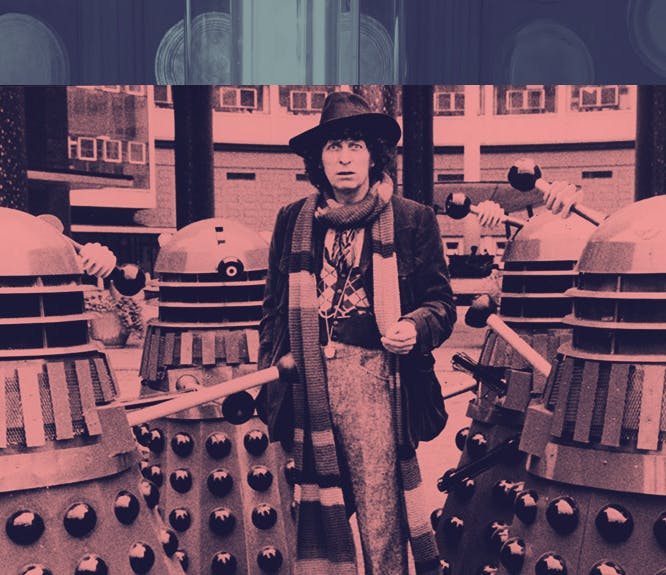9 Tips for Searching US Census Records
7-8 minute read
By The Findmypast Team | October 7, 2016
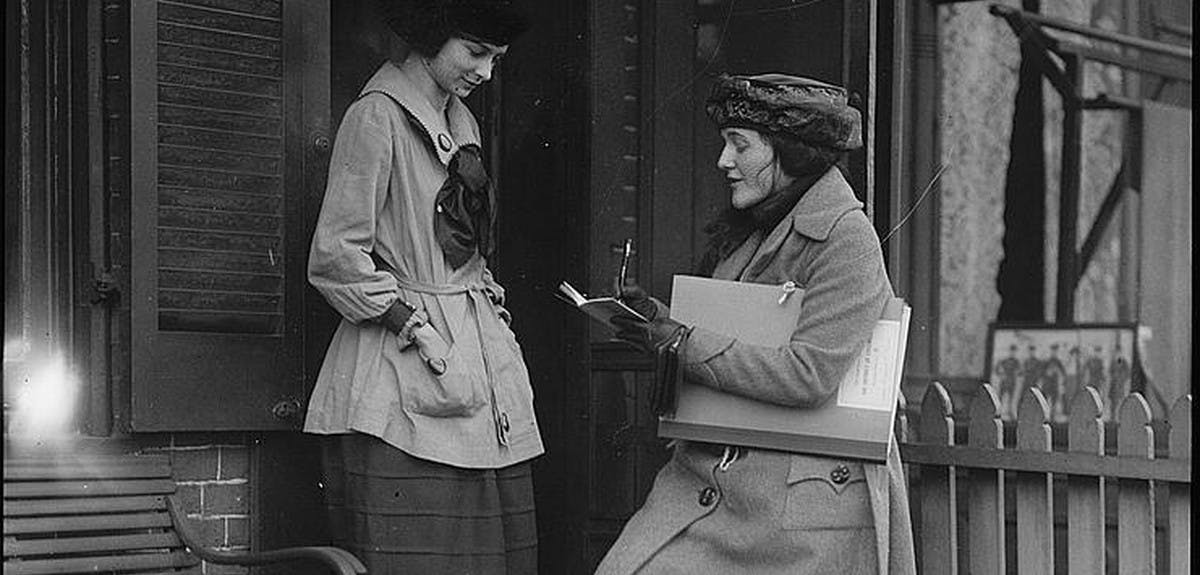
The US census records are an amazing resource for getting started with your genealogy research. For those of you who aren't familiar with the US census and how the data is collected, the US census is a mandatory part of the US Constitution to record every household and person living in the United States and to collect various pieces of data associated with each. The first US census was in 1790, and since the census is mandatory, there's a very likely chance that your ancestors were recorded in the US census records during the time that they lived in the United States. The census occurs every 10 years and to protect the privacy of US citizens, the census records are released 72 years after they're recorded. So, the 1950 census will be released in 2022. But that means that, as of today, you can potentially find your ancestors using the US census records back to 1790.
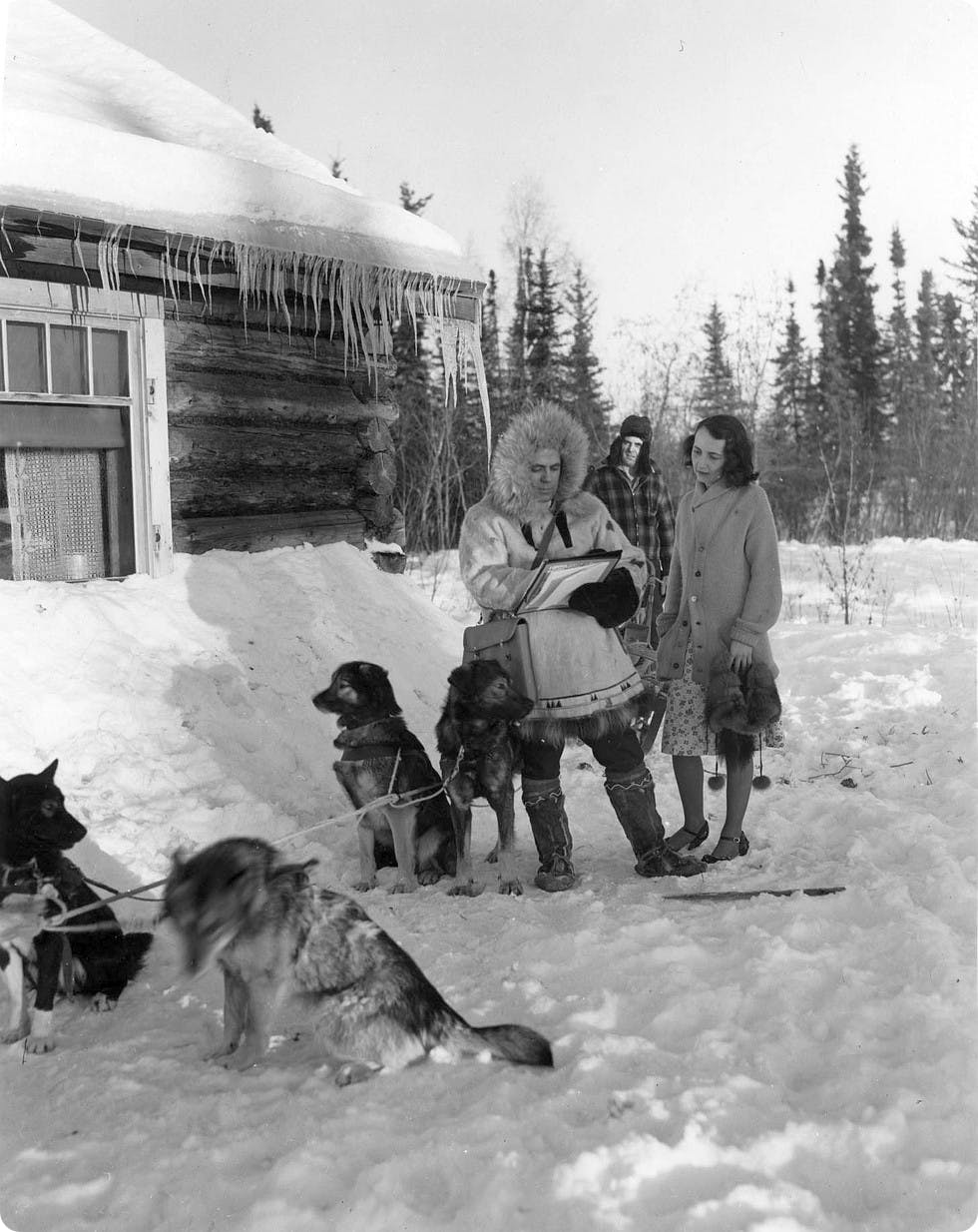
Library of Congress
Since the census records are only as accurate as the person reporting the information and then the person recording the information, also known as the enumerator, you need to use the US census records as a great base for your research, but be sure to back up your findings with additional documents and records to be sure that the information you've found is accurate. Below are 9 tips to help you maximize your search results with the US census records.
Before you embark on any census searches, it's a good idea to get organized offline. You'll want to organize the information you have, the information you're hoping to learn from the census records, and you'll want to lay out timelines. For example, if you know that your great grandfather was born in 1895, then it is likely that he would appear in the 1940 census since he would be around 45 years old. But if your ancestor was born in 1840, then he/she won't likely appear in the 1940 census, so it's important to have your timelines in front of you so that you don't accidentally search the wrong census, which does happen, trust me. The timelines will be the most important when searching for your female ancestors because prior to getting married the census records will have your ancestor listed by her maiden name, so it's important to be clear with those timelines so that you don't search by the incorrect surnames.
You want to make sure that you tackle each census record, individually. Some census records are easier to navigate than others, and some will provide more detail than others. What's most important is that you record and take note of all the information you can get from one census before moving on too quickly. You will want to record what you find in each census, and on the other hand, what you can't find in each census, so that you know which records to search for next. It's easy to get distracted in genealogy research, but by restricting yourself to searching one census record at a time, you'll likely stay more focused and productive overall.
TIP: It's best to use our list of All Record Sets to search each US Census record individually. Then selected the United States then search "Census" with the year you're looking for in the search box.

Use "Census" plus the year you're looking for in the search box
Alternatively, you could search all US Census records at once.
In genealogy it's generally best practice to start with the most recent documents and move backwards from those. It's always easiest to tackle what you know and begin to build your family's history and unique story that way. Also, modern records can often be easier to navigate, analyze and search because the language will be more familiar and that handwriting will be easier to decipher!
Now if you think that the enumerators were perfect record takers, then you might be mistaken. Enumerators had a difficult job at hand. They were required to go house to house, door to door, to record all the census data from each household by hand. When one person is tasked with such a job, mistakes are inevitable, plus the enumerator was in charge of recording what was told, not verifying those facts. The enumerator would ask each head of household the series of questions and fill the information accordingly, so if your ancestor was illiterate, for example, or maybe even just tired from a long day of work, he/she may have spelled their name incorrectly, or given the incorrect answers by mistake. It was also common for the neighbors or children to give the information about the household, which can cause plenty of mistakes! Just think about it, could you provide the details about every member of your neighbor's household? I couldn't!
In addition to simple mistakes in transcription or reporting, names change, people use nicknames, and sometimes people lied on the census! It's always a good idea to search name variants if your searches are yielding any solid results. Your ancestor may have started going by his or her middle name or a nickname, again, it wasn't the enumerator's job to verify the facts, unfortunately. My great grandfather's name was Edison Donovan Boyd, and in the 1900 census, when he was only 5 years old, he was listed as "Edison D Boyd," but later in the 1920 census, he's listed as "Donovan E. Boyd," so be careful! Use wildcard strategies and the name variant options to help account for those missing names in the census.

The 1900 census where my great grandfather was "Edison D. Boyd"

The 1920 census where my great grandfather was "Donovan E. Boyd"
Keeping the last tip in mind, the neighbors can reveal a lot of information about your family, especially if your family isn't coming up in your census searches. If you can't find your family, try searching for your family's neighbors. If your family was on vacation, for example, it's possible that your neighbors were asked about your household and it's also possible that the enumerator recorded your ancestor's under their household. The records are only as good as the reporter and the recorder.
If you're struggling to find your family in the records, it is possible that there was a mistake in recording the information from either the head of household or the enumerator, so a basic search might not yield any results. It's important to keep in mind that the enumerators worked in household order, so if you've been tracking their neighbors, it's useful to search for them to find your family in the original images of the documents. There's a possibility that your family is on the original image, but the pencil has been smudged or that the writing is illegible and just wasn't recorded properly. Just because they aren't coming up in the search doesn't necessarily mean that they're missing. Plus, the pagination could be misrecorded so it's possible that the pages are out of order, so if you find your ancestor's neighbors, look closely at the original image and those surrounding that image to get to the bottom of it.
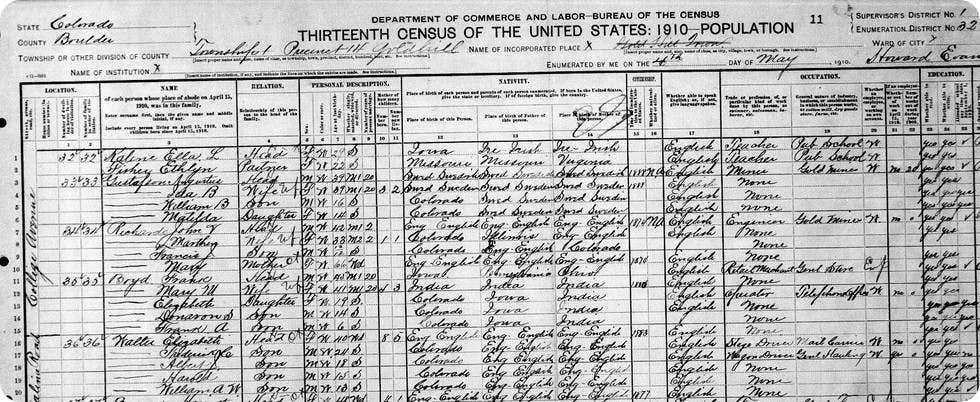
The household numbers are listed on the far left hand side
If you're struggling to find your ancestors in the 1890 census, you're not alone. Back in January of 1921, there was a terrible fire in the Commerce Department Building, which led to significant damage to the 1890 census. Unfortunately, the 1890 census was outside of the fireproof vault and it is estimated that 25% of the records were destroyed by the fire and that 50% of the remainder were damaged by water (from putting out the fire) and smoke. To make matters worse, after much arguing about salvaging the records, Congress authorized the destruction of many of the remaining documents. Not all hope is lost, though, it is definitely worth searching because, despite the destruction of the majority of the records, there are still over 6 thousand records to search.
If you've been struggling to pull up search results for your ancestor, there's a possibility you're trying to search using too much too soon. You want to start your searches out broadly using only names and/or birth dates and/or by location. It's not super intuitive, but the way search engines can sometimes be operated to work, the more information isn't always the better. Sometimes one fact may be transcribed incorrectly or perhaps the head of household made a mistake and so that could mean that the search engines wouldn't necessarily pick that information up! Start with a broader search, then narrow based on the number of results you're getting.
For the census records, it's always important to study the original image because there's often much more detailed information included in the image than is included in the transcription. Generally, your ancestor's occupation is included in the census, but that information doesn't make it into the transcriptions. Also, if your ancestor's birthplace seems odd on the transcription, the image can reveal an enumerator's mistake or a mistake in interpreting handwriting. Always be diligent in verifying the sources yourself. One example of looking at the original image is that I searched for one of my ancestors and she appeared on a list of names on her own with a bunch of strangers. After I looked at the image I realized that she was the first entry of the page and the previous page had the rest of the household, it was just a transcription error!
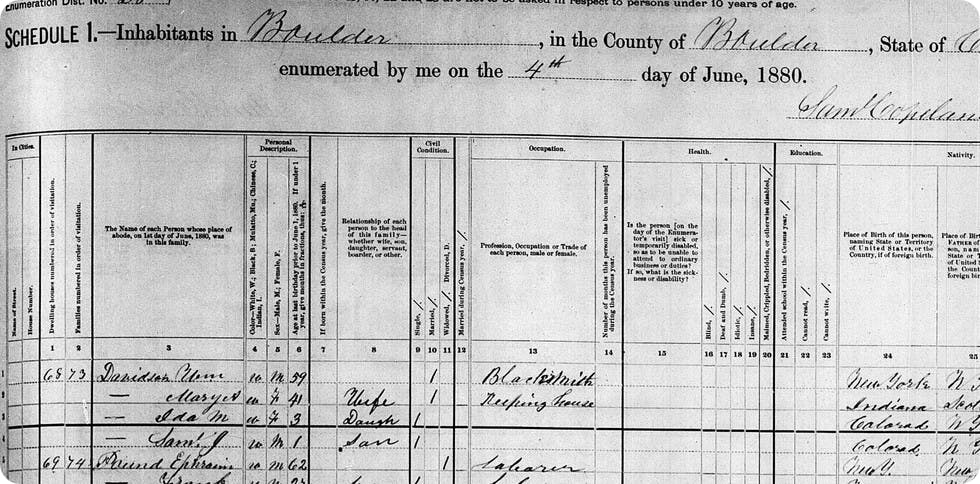
You can see occupation listed above, but it won't necessarily be on the transcript
The US census records contain a wealth of information for anyone in their genealogy research. If you've already searched them, it's always a great idea to search them again because as you become a better researcher, you may not know what you'll discover by looking into the records just one more time.
Related articles recommended for you
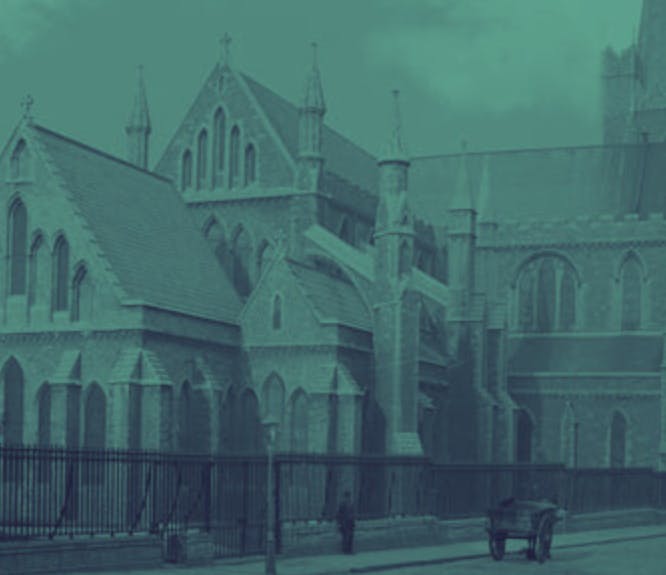
Irish family history and minority religions in Ireland
History Hub
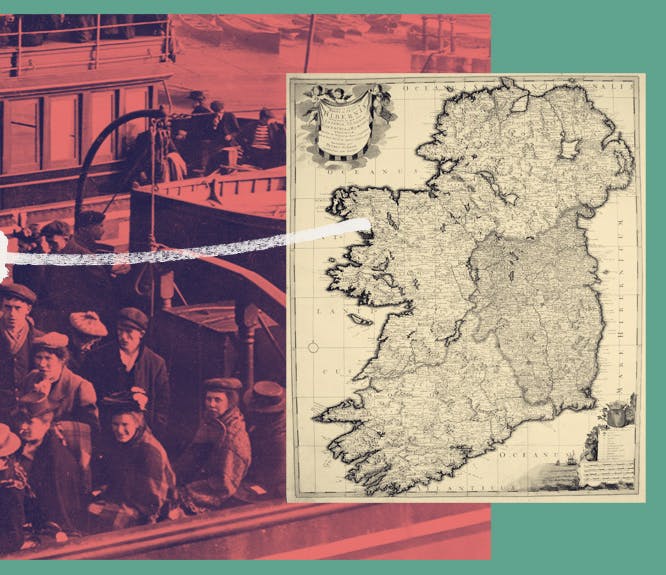
From Ulster to the US: Irish migration patterns and their impact on Irish genealogy
History Hub
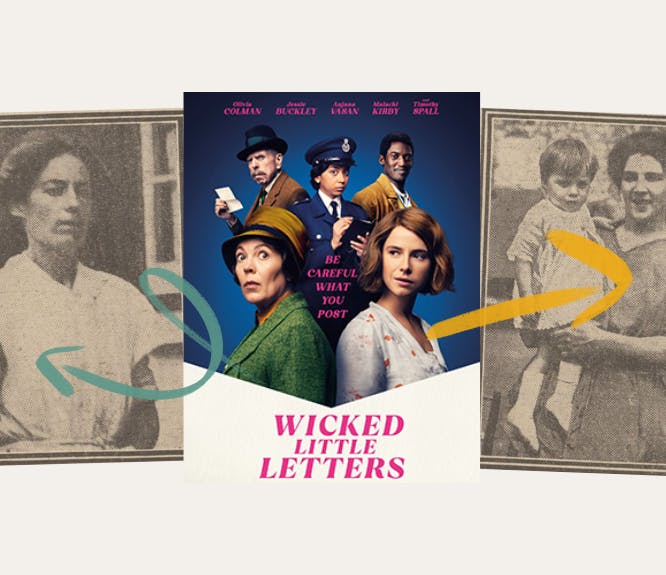
The shocking true story behind Wicked Little Letters
History Hub
